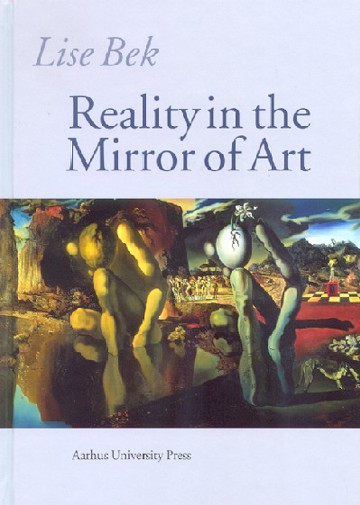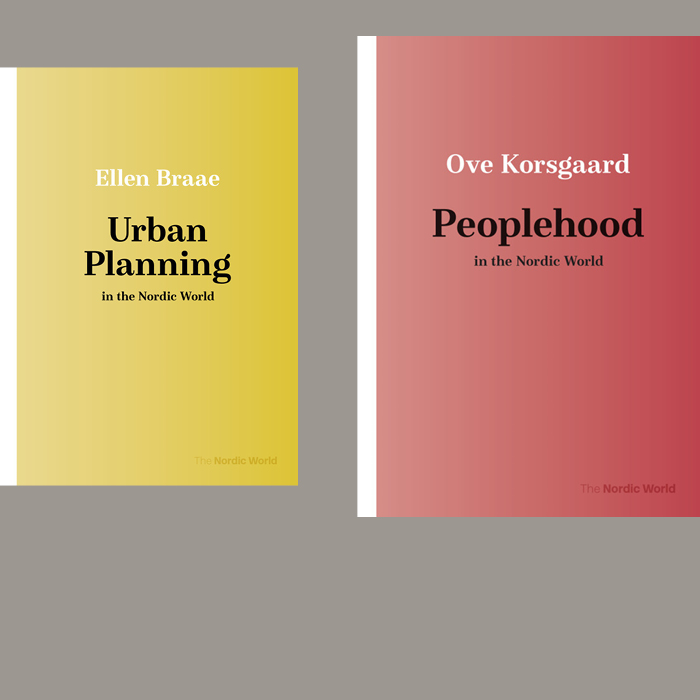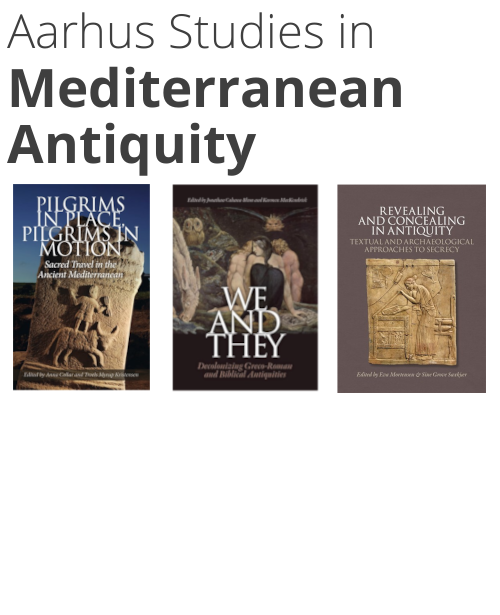
Reality in the Mirror of Art
A part of the subject area Art
More about the book
About the book
From Ice Age caves to virtual galleries on the internet, art has been helping human beings make sense of their world for millennia. Yet while this volume embraces the development of visual art down through the ages, it is far from just another universal history of art, an art-historical genre that the author says "has long since outlived its day". Instead, Lise Bek draws on instances from art's vast history to present arguments for one quite specific claim: that the way we understand reality determines how we relate to our visible surroundings.
In Bek's view, our mode of vision is a culturally defined entity that varies along with our conception of reality. By privileging this mode almost exclusively, visual art enables us in turn to define and describe the reality of a given epoch or culture. She traces the path of how art makes meaning from the imperative urgency of the cultic rite to the narrative drive of myth, from religion to philosophy to science and beyond.
As the seven chapters follow painting and allied media from their use in subservient roles to their unfolding as aesthetic ends in themselves, the emphasis shifts from external factors to the intrinsic problems of art. En route, Bek demonstrates how visual art does more than just reflect various conceptions of reality, showing how it, like language itself, can function as "an element-creating cosmos". For in experiencing the individual work of art, both artist and viewer must make an aesthetic leap to a new integration of form and meaning. Bek calls this leap - whether it be one of curious exploration or mystical striving, orientated above or below, within or without - by its ancient name: eros.
This generously illustrated edition is a thorough revision and elaboration of the Danish original published fifteen years ago. Translation by Knud Børge Bendtsen.




